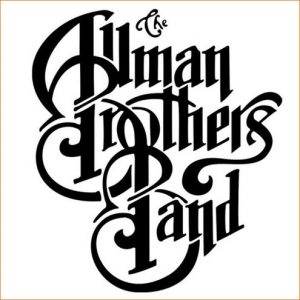By:Ty Burr
For: The Boston Globe
So double albums are making a comeback? Big deal. They’re still CDs, and they’re still packaged in a case the size of a cocktail napkin. Massive pop ambition isn’t something you should be able to hold in one hand.
The double albums of the vinyl era — and their cousins, single albums that came packaged in a gatefold cover — were something else entirely: gloriously bloated statements of hipness, artistic worth, and sheer kitsch.
Beyond the music it contained in its petroleum grooves, a gatefold album created by a graphic designer who had clearly gone the chemical distance was meant to be a conversation piece. It was the thing on the coffee table you had to notice. You opened it up, read the lyrics (or the pompous liner notes), fiddled with whatever extra dingbats were stuffed inside. The packaging itself became inextricable from the music: The gestalt conveyed what the band was about.
Consider some of the classic relics of the gatefold era: The Beatles’ single-disc ”Sgt. Pepper’s Lonely Hearts Club Band” (1967) positioned the lads as groundbreaking collage artists, while Frank Zappa and the Mothers of Invention’s brutal parody of the ”Pepper’s” cover with ”We’re Only in It for the Money” (1968) deflated those same pretensions (as the Beatles themselves would do later that year with the anti-design of ”The White Album”). The UK cover of Jimi Hendrix’s ”Electric Ladyland” double was a crowd of nude, smiling women that cemented the guitarist’s superstud rep and scandalized record store owners (the artwork was changed to a simple headshot for the American release). The entire wing of prog-rock — Yes, Pink Floyd, ELP — would not conceptually exist without the gatefold cover.
The Allman Brothers’ ”Eat a Peach” (1972) — one studio disc and one live — opened up to a bucolic fantasy landscape, as though glimpsing the heaven recently deceased Duane Allman had flown to. The Ohio Players’ single-album ”Greatest Hits” (1975) used the form to mess with our heads: You don’t see the noose around the beautiful African-American model’s neck until you open the cover up.
Most gatefold art, though, served the simpler purpose of ramming home an artist’s persona, and inside-sleeve photography was used as a secret, often spicy gift to fans. David Bowie’s genderless mutant rocker ”Aladdin Sane” (1973) and Joni Mitchell nude and communing with nature on the inside of ”For the Roses” (1972) would never have made it past the censors otherwise.
Then there were the format’s utilitarian functions, which were varied. Need a tanning reflector? College girls used to wrap their gatefolds in tinfoil for weekend sun worship. Hors d’oeuvres trays? I’ve seen it done. There was, of course, the primary service to which double albums were put, the cleaning of illegal herbal substances. If you had set an ergonomist to design a better weed accessory, I doubt he or she could have made improvements. (Tip one half of the cover up and — hey, presto — seeds roll down. Now how much would you pay?)
The gatefold wasn’t invented for that purpose, obviously. Enoch Light, the post-World War II British musician, producer, and stereophonic sound guru, is credited with inventing the format in the late 1950s, but Elvis Presley may have beat him to the punch with ”Elvis’ Christmas Album” in 1957.
As for the first double LP (and the first live double), Dave Brubeck generally gets the nod for 1963’s ”At Carnegie Hall,” but Bob Dylan’s ”Blonde on Blonde” (1966) was the double studio album that ushered in the glories (”The White Album,” the Who’s ”Tommy”) and excesses (”Tales of Topographic Oceans,” the movie ”Tommy”) of the rock age.
After the Allmans’ ”At Fillmore East” (1971), a live double album became de rigueur for any self-respecting rock artistes, and some — Cheap Trick, Peter Frampton — used the format to clamber briefly to the A-list. Just as often, though, the live double was an excuse for the kind of self-indulgent wankery that punk rock was invented to kill off. Fittingly, what Dylan began in 1966 he brought screeching to a close with ”At Budokan” in 1979



